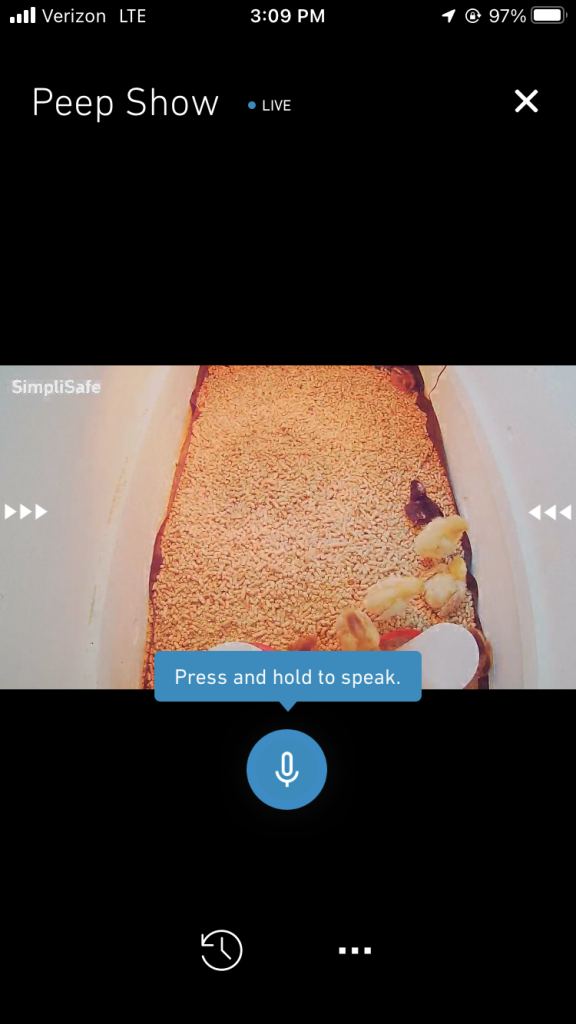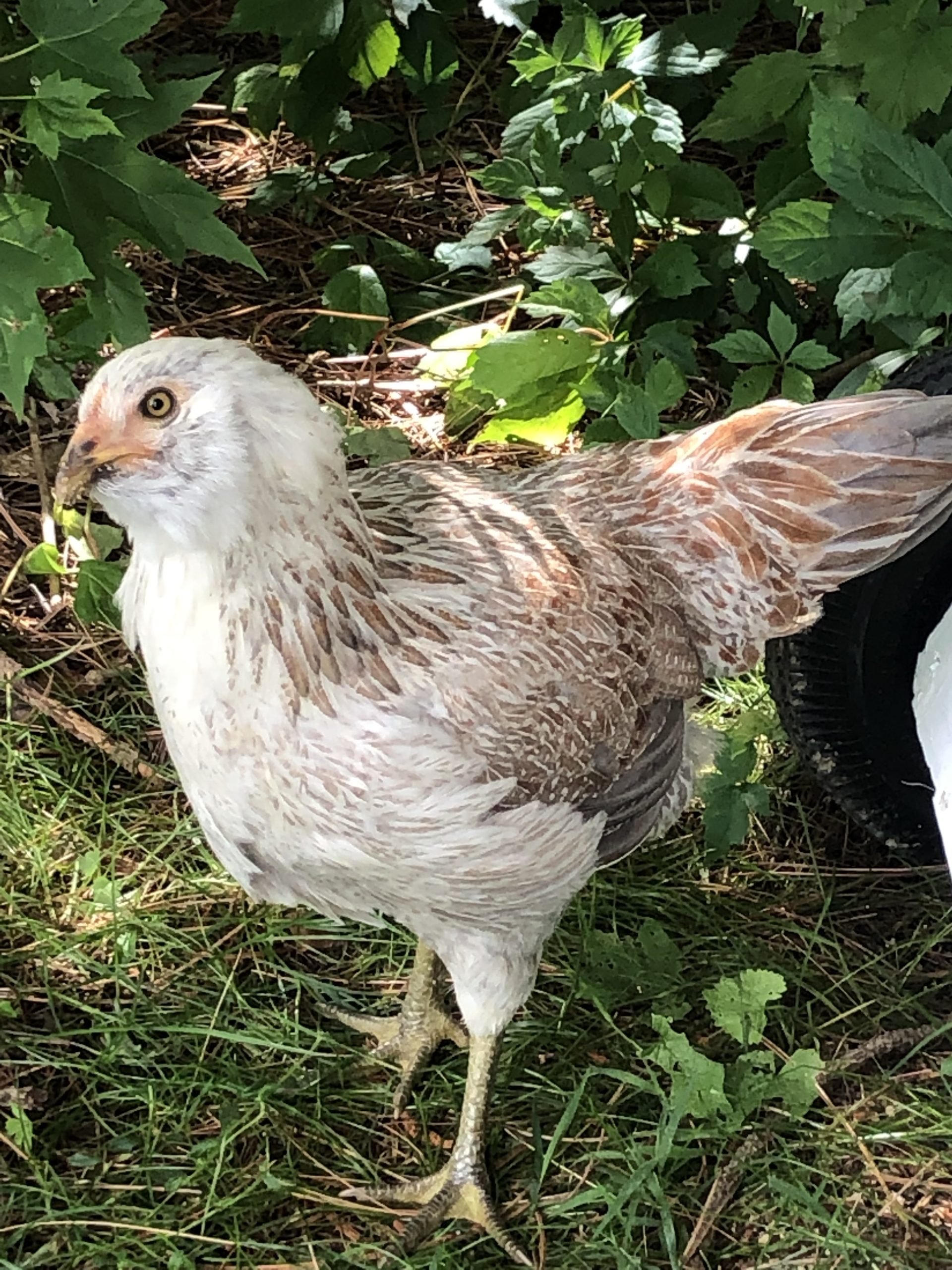As much as I love them, with chickens – it’s always something. Chickens are both outrageously resilient and incredibly fragile at the same time.
When I made the decision to brood chicks for the very first time, I didn’t know what I was in for. While I’d grown up in the country & had pets all of my life, I wasn’t fully prepared for how emotionally taxing it can be; it’s given me a tiny taste of what farmers have gone through for eons.
A hard lesson I had to learn was that despite providing chicks with the ideal brooding conditions, chicks from a reputable breeder, a constant supply of nutritious food and fresh water, and the perfect brooding temperature – sometimes chicks just don’t survive chickhood.
In those cases where there was nothing seemingly wrong, there is not much you can do.

However, it is important to frequently check your chicks – including actually picking them up to inspect them. This could allow you to find potential problems and possibly to save their life.
Pasty Butt – Charming name, I know. But this is an issue I’ve encountered with at least 1 chick in each group that I’ve brooded. To put it bluntly, pasty butt is a build up of feces on and around their cloaca. If this goes untreated, the cloaca will be completely blocked and they will not be able to eliminate waste, which would eventually kill them.
The treatment is easy, but if you’re squeamish wear gloves! Depending on the severity, I have done a couple of different methods. If it’s mild, I can just use a warm wet paper towel to gently work the blockage off. Do NOT just pull on it, you could pull out their intestines along with the blockage. If the blockage is more severe, I prefer to hold the chick’s bottom in a small container with warm water in it to soak for a few minutes before trying to work it off.
Once the blockage is removed, dry the chick off the best you can (I’ve been known to blow dry a chicken from time to time as needed), then set them down under the heat lamp or brooder plate to recover.
Since pasty butt can be caused by many things, it’s important to check your brooder setup and make sure they have everything they need & it’s not too hot or too cold (and that they have areas to move away from the heat source if they get too hot). Pasty butt is often brought on by stressors such as being too hot or too cold, being transported from the breeder or store to your home, or if there are any chicks that are bullying. It’s very important to repeatedly check your chicks – particularly any that you’ve already had to treat for pasty butt as it can recur.
Manure balls – Are you seeing a trend with the charming names? If the litter/bedding is not cleaned often enough, chicks can get a buildup of manure on their feet that forms into little balls on their toes. Not only is this uncomfortable and makes it difficult for them to walk, but since chicken manure is very high in nitrogen, it can actually cause burns on their feet. The burns can then get infected with bacteria from the waste, sometimes turning into a serious staph infection called bumble foot.
To treat manure balls, soak the chick’s feet in warm water for several minutes and then gently work away the waste. Carefully dry off the chick and place it back in the brooder to warm back up. I only ran into this issue one time while brooding, and it was when I started using a brooder plate. I hadn’t thought ahead to how the chicks would want to roost on top of it if it was sitting flat like I had it. So, chicks did what chicks do and got poo all over the top of it and stood in it. Once I learned the trick of propping it up against the side of the brooder at an angle, I didn’t have any further issues with it.
Dehydration & Underfeeding – Without adequate food and water, chicks will quickly die. Make sure that the food and water is readily accessible to the chicks, and that they are being fed a chick starter feed in order to meet their nutritional needs. One thing to consider is that chickens cannot see in the dark. So, if they are not getting enough light (either natural light or artificial with a heat lamp), they will not be able to see to eat and drink. It’s fairly easy to check if a chick has eaten. At the end of the day, they should have a full crop. The crop will feel like a fairly large lump on their front right chest when it is full.
I hope these can help you with troubleshooting common chick brooding issues, and….happy chick season!!!!

